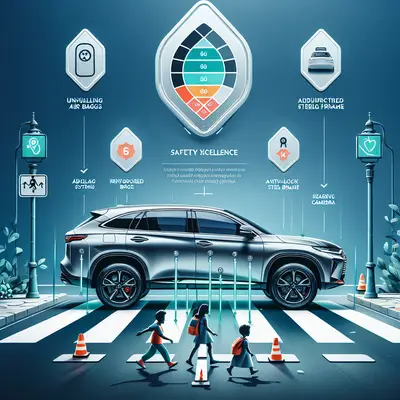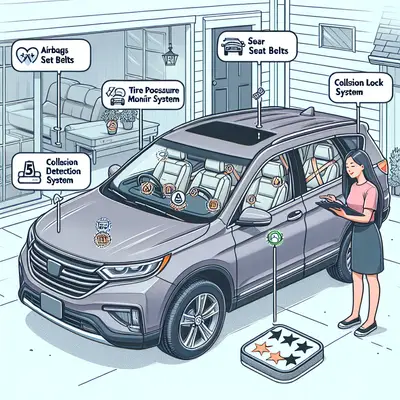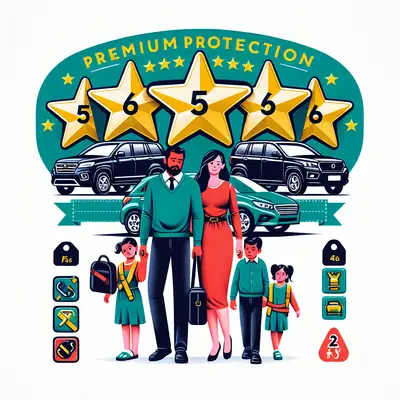The Significance of Crash Test Ratings
Understandably, when considering the safety of an SUV, crash test ratings are paramount. These ratings, carried out by organizations such as the National Highway Traffic Safety Administration (NHTSA) and the Insurance Institute for Highway Safety (IIHS), simulate various accident scenarios to measure vehicle resilience. Comprehensive understanding of these ratings can be the difference between a safe journey and a fatal accident.
The Role of Advanced Safety Technologies
In this era of rapid technological advancement, modern SUVs are equipped with a plethora of safety features designed to prevent accidents before they occur. These include forward-collision warning systems, automatic emergency braking, blind-spot detection, and lane-keeping assist. Deep diving into these features and their effectiveness can provide an added layer of safety assurance.
The Impact of Vehicle Size and Weight
When it comes to safety, the size and weight of an SUV can significantly influence its safety ratings. While larger, heavier vehicles generally fare better in crash tests due to their increased mass, they can also be more challenging to maneuver and control, leading to a higher risk of rollover accidents. Striking the right balance between size, weight, and maneuverability is key to ensuring safety on the road.
The Importance of Child Safety Features
For families with young children, the availability and quality of child safety features are crucial factors to consider. These include integrated child safety seats, rear door child safety locks, and the LATCH (Lower Anchors and Tethers for Children) system for easy and secure installation of child seats. A vehicle's ability to safeguard your precious cargo can significantly influence its overall safety rating.
The Impact of Vehicle Maintenance on Safety
While not directly tied to a vehicle's safety rating, proper maintenance can drastically affect the safety performance of an SUV. Regular servicing, timely replacement of worn-out parts, and inspection of crucial components like brakes and tires are vital to preserve the vehicle's safety integrity. A well-maintained vehicle not only ensures optimum safety but also contributes to the vehicle's longevity.
Conclusion
Navigating the labyrinth of safety ratings is a complex but essential task when purchasing a family SUV. Armed with these insights and a discerning eye, you can confidently select a vehicle that provides unparalleled safety, reinforcing your peace of mind on every journey. Remember, a safe SUV is not just a vehicle—it's a citadel of serenity for your family.



